1. Scientific project
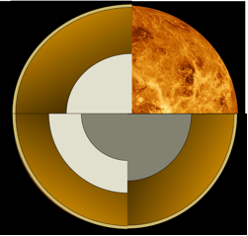 The aim of this research area is to use geophysical and astronomical observations to study the internal structure of the telluric planets and small bodies of the solar system in order to obtain constraints on their formation and evolution.
The aim of this research area is to use geophysical and astronomical observations to study the internal structure of the telluric planets and small bodies of the solar system in order to obtain constraints on their formation and evolution.
These studies will be used to examine how these objects were assembled 4.5 billion years ago. In particular, we will seek to determine which physical characteristics of the planets are the consequence of their specific accretion mode, and which are the result of their evolution on the scale of billions of years. Our research could also be used to extrapolate hypotheses on the structure of extra-solar planets, in particular on characteristics linked to the concept of habitability.
This area draws on the expertise shared by the Lagrange and Géoazur laboratories in terms of :
- planetary formation ;
- modelling the orbital dynamics of the solar system (planets and small bodies) ;
- astronomical observations, their analysis and interpretation ;
- planetary geophysics (study of planetary deformations, internal structure ;
- equations of state at high pressure and temperature ;
- modelling of global and long-term mantle convection movements ;
- structural geology and tectonic interpretation for planets ;
- geological, thermal, physical and geochemical characterisation of small bodies.
- Metamorphism ;
- Equations of state and transport at high pressure and temperature, evolution of internal structure and atmosphere/internal structure coupling.
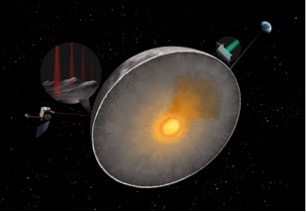 |
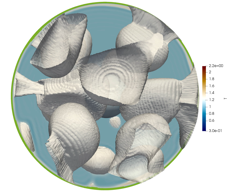 |
Themes for collaboration are proposed, such as :
- mass distribution in the present solar system as a marker of the evolution of the populations of asteroids in the main belt and more distant objects ;
- study of the thermal and metamorphic evolution of small bodies in comparison with the Earth ;
- study of the Earth as a whole, as a habitable planet ;
- characterisation of geophysical properties crucial to habitability ;
- stability of heterogeneities in the Earth's mantle as a marker of ancient impacts ;
- ancient dynamics of the Earth before the onset of plate tectonics contribution of the impact of the South Aikin Basin to the evolution of the Moon and the initiation of the global mantle overturn ;
- Mars : CO2 capture in the mantle ;
- Venus : toy-model of the coupling between seismicity and atmosphere ?
- Venus : what fundamental properties have caused the evolution of this planet to diverge from that of Earth ?
- Coupling of formation dynamics and resulting geophysical structure.
- Long-term evolution of atmospheres subject to the coupling between the evolution of internal structure and atmosphere.
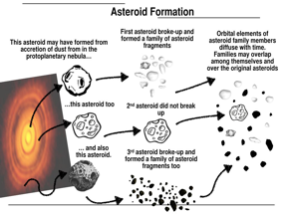 |
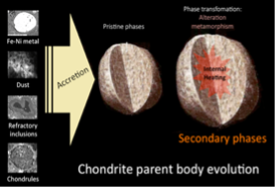 |
2. How it works
This area offers monthly seminars (on the 1st Tuesday of the month) on the themes mentioned above. It supervises students at various levels and invites experts in the fields covered by the research area to stay for a few weeks. It draws up joint research proposals for submission to the relevant bodies (BQR OCA, ANR, ERC Synergie). The idea is to move towards greater integration and synergy between the planetology-related themes in the two laboratories and to define a common recruitment policy.
The group leaders are Agnes FIenga (Géoazur) and Alessandro Morbidelli (Lagrange). It has been allocated €10k in OCA project-based funding to support internships, workshops and visiting professorships. Requests for funding should be sent to the project leaders and will be assessed by the project committee, which is made up of M. Delbo (Lagrange), G. Duclaux (Géoazur), A. Fienga (Géoazur), C. Ganino (Géoazur), A. Morbidelli (Lagrange) and K. Sigloh (Géoazur).
3. Participants (permanent)
For Lagrange/TOP : Marco Delbo, Alessandro Morbidelli, Guy Libourel, Stéphane Mazevet.
For Géoazur : Karin Sigloch, Clément Ganino, Anthony Mémin, Christophe Matonti, Agnès Fienga.
4. Contacts
Agnès Fienga, astronome at Observatoire de la Côte d'Azur, laboratory Géoazur (CNRS-Université Côte d'Azur-OCA-IRD) - fienga@geoazur.unice.fr
Alessandro Morbidelli, research director CNRS, laboratory Lagrange (CNRS-Université Côte d'Azur-OCA) - morby@oca.eu
5. Seminars
Find all the videos of the « terrestrial planets » seminars on the OCA cloud.
Mailing list for interested OCA researchers
To subscribe to the Earth Planets mailing list, you must be logged in (blue button at top right).).


